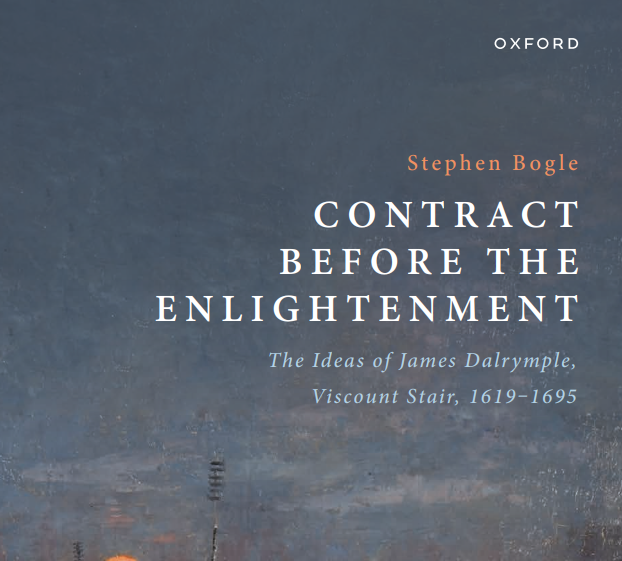By Christopher K. Odinet, Josephine R. Witte Professor of Law, University of Iowa; MacCormick Fellow (2023), University of Edinburgh.
For years now, the law around digital asset transactions has been very much up for debate, with some jurisdictions being more active than others in setting the legal parameters around these novel arrangements. For example, the Singapore International Commercial Court ruled in B2C2 Ltd v Quoine Pte Ltd (2019)[1] that crypto assets can be viewed as property, similar to the English court’s decision in AA v. Persons Unknown involving Bitcoin[2] and the New Zealand High Court’s ruling in Ruscoe and Moore v. Cryptopia Limited (In Liquidation) which held that cryptocurrencies constituted “a species of intangible personal property.”[3] In contrast, in the United States, the law surrounding digital assets has been slow to take shape. Both federal and state courts have approached this area timidly and amendments to statutory commercial laws have started to be considered only recently—specifically, the 2022 amendments to the Uniform Commercial Code.[4]
But, as written elsewhere,[5] the stagnation enveloping this area of the law in the United States appears to be at an end. Following the pattern seen in other jurisdictions, U.S. bankruptcy courts find themselves on the frontlines, confronting a multitude of private law matters stemming from novel transactions involving digital assets. FTX, the world’s third-largest cryptocurrency exchange, declared bankruptcy on November 14, 2022. In July 2022, the crypto lending platform Celsius also sought bankruptcy protection. Additional crypto company insolvencies involving Three Arrow Capital and Voyager Holdings also occurred that summer.
Leave a Comment



